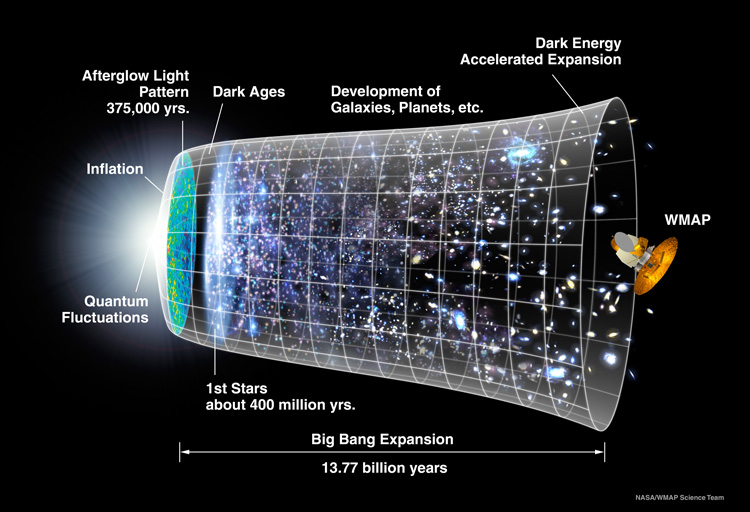A few quotes from this Nature article sum up the situation:
The LHC is now rapidly accumulating data at higher energies, ruling out heavier territory for the super particles. This creates a serious problem for SUSY... As the super particles increase in mass, they no longer perfectly cancel out the troubling quantum fluctuations that they were meant to correct. Theorists can still make SUSY work, but only by assuming very specific masses for the super particles — the kind of fine-tuning exercise that the theory was invented to avoid. As the LHC collects more data, SUSY will require increasingly intrusive tweaks to the masses of the particles.
So far the LHC has doubled the mass limit set by the Tevatron, showing no evidence of squarks at energies up to about 700 gigaelectronvolts. By the end of the year, it will reach 1,000 gigaelectronvolts — potentially ruling out some of the most favoured variations of supersymmetry theory.So basically, supersymmetry's biggest appeal is that it provides a "natural" solution to many problems in theoretical physics. (Like why the Higgs mass so small.) However, enough parameter space is being ruled out by the LHC that is appears that fine-tuning may be required to get SUSY to work correctly. But the whole point behind SUSY's appeal is that it appeared to be a theory where fine tuning was not needed.
So by saying: "well supersymmetry may still exist if we do a bunch of fine tuning" seems to destroy the whole point for why we thought SUSY was a good idea in the first place.
Next:
Privately, a lot of people think that the situation is not good for SUSY... This is a big political issue in our field... For some great physicists, it is the difference between getting a Nobel prize and admitting they spent their lives on the wrong track... [Some have] been working on it for almost 30 years now, and I can imagine that some people might get a little bit nervous.Now, before I get too hard on the theory, we are only in the first few years of the LHC operating at high energies. Still, after 30 years you would hope that if SUSY was as "natural" as people have assumed, you would hope by now you would have a hint. I mean, it's one thing to say we don't have enough to claim discovery but we don't even have enough evidence to suggest a hint!
So, is SUSY a sinking ship? I think abandoning SUSY is still pre-mature. However, if the LHC cannot see so much as even a hint in the next few years, I will think things will start looking really bad indeed.
Thoughts?



















